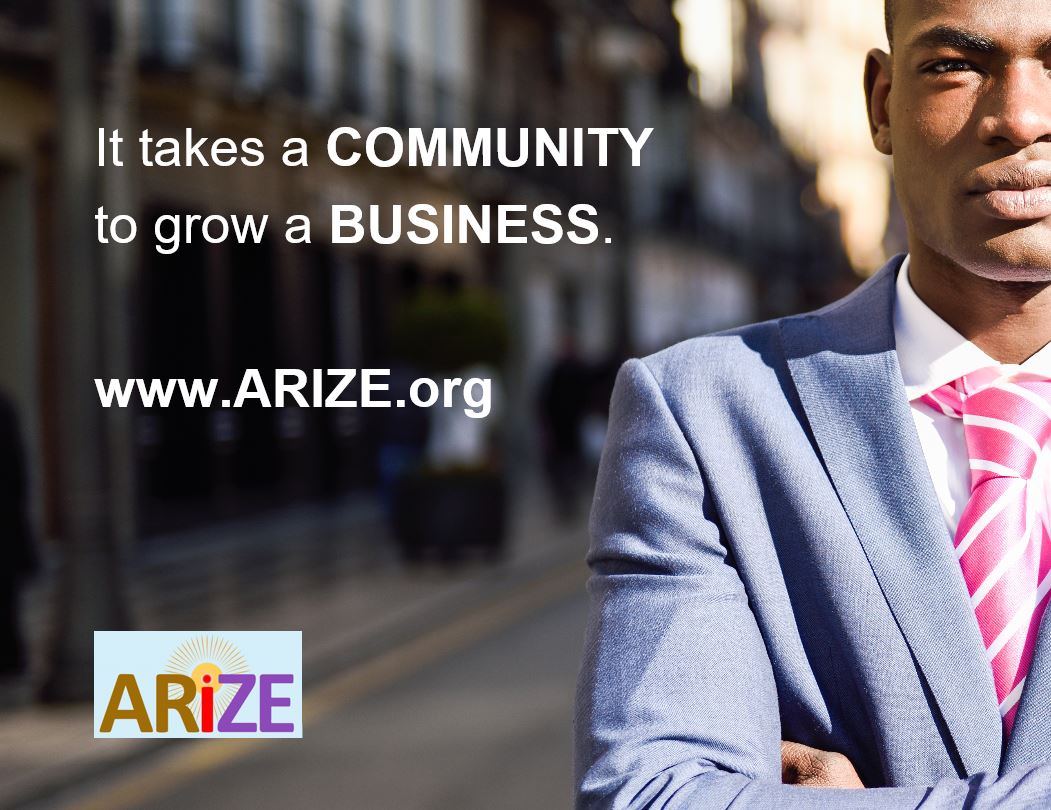NEEDS ANALYSIS:C. Workforce Development & Diversity Challenges C1. Science, Technology, Engineering & Mathematics (STEM) Underrepresentation The CIS seeks to remedy the shortage of long-term and innovative program strategies to help urban children and youth be more successful in science, technology, engineering and mathematics education, and careers. There is a strong need to achieve greater diversity and inclusion of underrepresented groups in California’s STEM-based industries by proactively moving beyond the H1B Visa. Maintaining California’s global leadership in scientific research and technology development is critical to preserving California as a vibrant place for businesses, workers and communities. High tech industries, ranging from software, healthcare and aerospace, to biotechnology, movie production and manufacturing provide jobs, sustain a high standard of living, and offer innumerable other benefits to California residents. Proposition 71, which voters passed in 2004 to make a $3 billion investment in stem cell research, continues to have tremendous implications for the state’s future in life sciences. However, according to the California Council on Science and Technology, there is a highly inadequate amount of attention being paid to the fact that the state’s own citizens are not being prepared in sufficient numbers for the important, challenging – and well paid – science and technology jobs. As a majority of California’s population has become non-white, and almost half of the state’s African American and Latino students are dropping out of high school, there exists a deficit of comprehensive public/private sector efforts to match California’s new knowledge economy with its new demography. Without targeted and inclusive initiatives to homegrow underrepresented and low-income groups into the workforce of scientists and engineers, California will continue to jeopardize its future prosperity, along with national security. Because of the link between achievement and income, the setting of high standards for public schools inevitably focuses attention on schools serving many low-income students because they are less likely to attain those standards. Although what happens during the school day may partly explain the achievement gap between high- and low-income students, many factors associated with families are more likely to explain the gap. Low income families cannot afford tutors when their children struggle with schoolwork and may not even be able to provide them a quiet place to study at home. Many low-income parents also have low education levels. Moreover; they may be taxed by long commutes and/or working overtime in low wage jobs to provide basic shelter, food and clothing. In these situations, parents may be poorly equipped to help their children with homework and may be less knowledgeable about the educational opportunities available. California’s urban charter schools, faith and community groups can apply innovative teaching, academic support and science/math immersion methodologies, yet will need partnership development help to advance best practices, develop student case management systems and bring that innovation to scale. California Council on Science and Technology research points out that no part of California’s science and technology system works in isolation. Many experts agree that the solution to the problems identified will require crossing boundaries between parents, educational systems, industry, community supports and government. C2. Unemployment Among At-Risk Teens & Ex-Offenders The CIS aims to steer at-risk teens, as well as youthful and adult ex-offenders, away from destructive lifestyle alternatives (stemming from poverty, despair, desperation, opportunity and environmental limitations, poor judgement, gangsterism, etc.) by helping them to be economically self-sufficient and productive members of the community. By developing a bridge for these human resources through a comprehensive Career Technical Education (CTE) model, the CIS also seeks to add value to the state’s competitive advantage industries such as building construction, manufacturing, entertainment, automotive repair and biotechnology – all of which offer good paying jobs that don’t necessarily require a 4-year degree. In 2014, the Brookings Institute released a report entitled, “The Plummeting Labor Market Fortunes of Teens and Young Adults.” This report noted that teen unemployment has reached very dangerous levels – especially among teens of color and from disadvantaged households, and that 6 of the 10 markets with the highest teen unemployment are in California. This is a situation that has been getting worse in a very rapid manner, reaching crisis levels for young people of color in some communities. Employment prospects for teens and young adults in the nation’s 100 largest metropolitan areas plummeted between 2000 and 2011. The employment rate for high school graduates not attending college fell from 72% to 53% during this time. The rate for high school dropouts fell from 51% to 28%. Those are the nationwide numbers. It is much worse in California – especially in Districts served by the Urban Partnership. The Brookings Institute report also cites that the unemployment rate for Latino and African-American teens in our communities is north of 60%. The problem is especially acute for young people from low-income households. Teens from homes with less than $40,000 in income are less than 20% employed. California’s prison inmate recidivism rate, at 70 percent, is the nation’s highest. Each year, more than 2,000 youthful offenders are released from the California Youth Authority. In the past four years in Los Angeles County, the courts have ordered the release of over 150,000 detainees from the county jail due to overcrowded facilities. The challenge for the state is to preserve public safety and assist ex-offenders to make a positive transition to a productive life. Criminal justice researchers have produced volumes of findings on the unintended consequences of incarceration for offenders, their families, and their communities. The problems those researchers identified include rises in crime, particularly among juveniles; high unemployment among former inmates; economic stagnation in urban neighborhoods, and the cycle of neglect and involuntary abandoning of children—all strong reasons to invest in alternatives to incarceration. The research has another important value: it provides insight into the challenges people face when they come home from jail and prison. Finding work, staying drug free and healthy, re-establishing family ties, and fulfilling family responsibilities are formidable challenges. Without reentry help many offenders find them impossible to overcome. Three out of five inmates released this year will be rearrested within three years, and two of them will be reincarcerated. The effectiveness of community and faith-based entities in providing life, pre-vocational and job hunting skills training to at-risk teens, as well as youthful and adult ex-offenders, offers a significant opportunity for California to yield maximum returns on its CTE investments. |
OVERVIEW
FOCUS AREAS TRIPLE BOTTOM LINE COLLECTIVE IMPACT: THE FIVE CONDITIONS FOR SUCCESS SUMMIT PROCESS INTRODUCTION TO THE NEEDS Lack of Access to Capital and Markets Homeownership Disparities and Obstacles Workforce Development and Diversity Challenges Quality of Life In California’s Inner Cities SPONSORSHIP OPPORTUNITIES |




